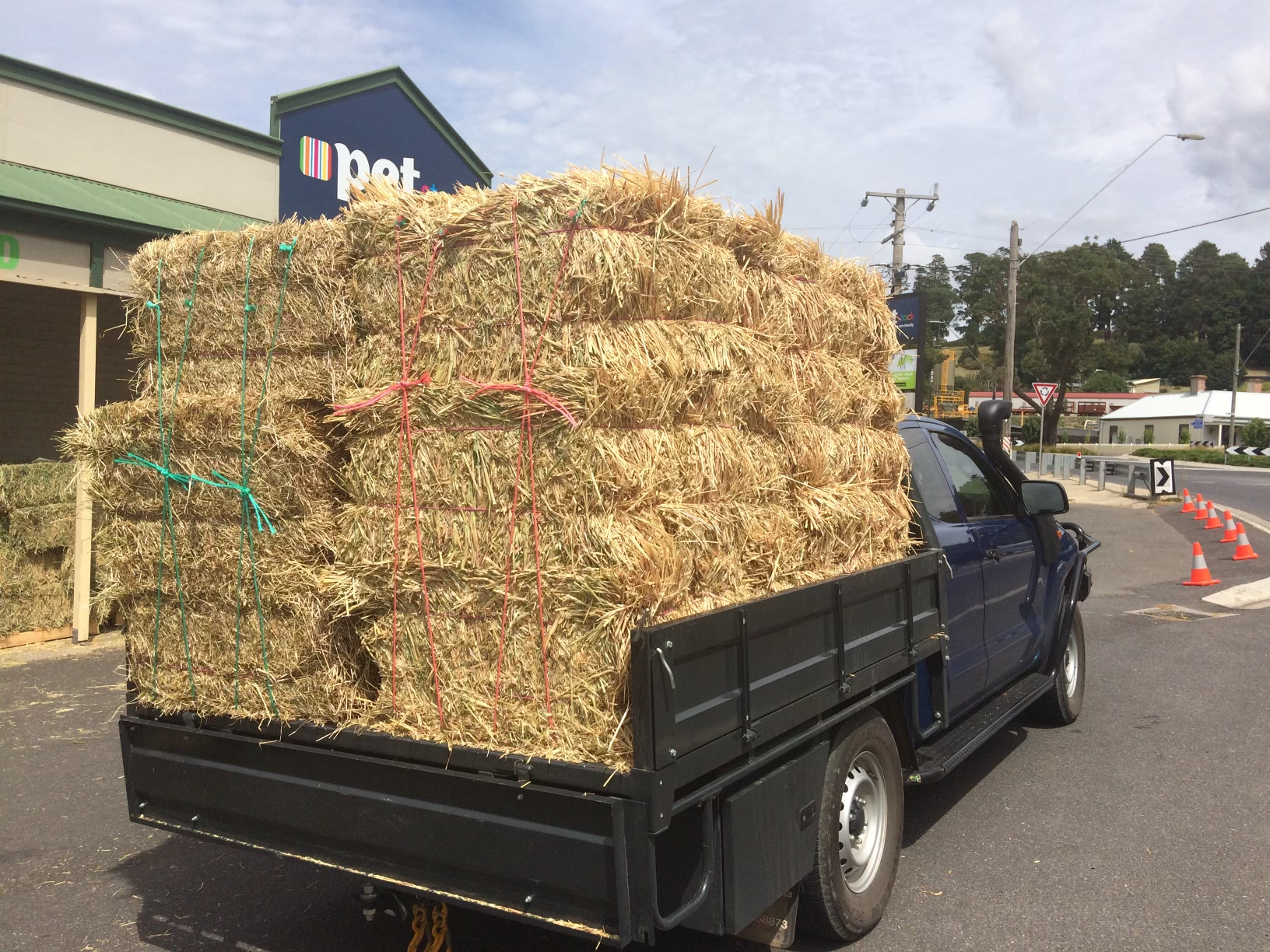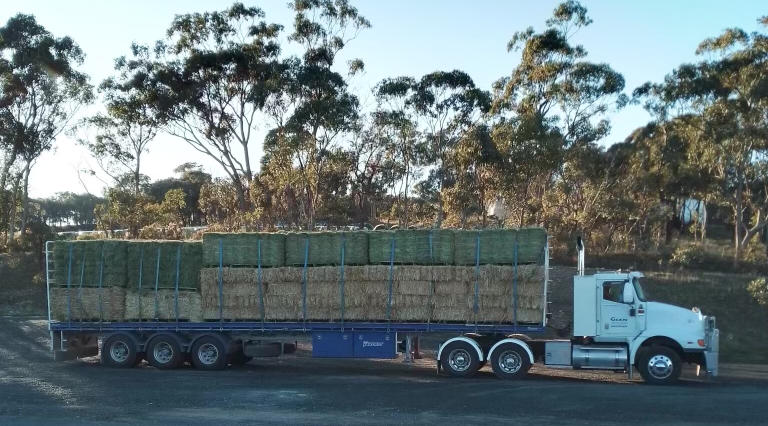


The Glen family are fourth generation family farmers, who have established an enviable reputation for quality in all their endeavours.
Located in Victoria’s Central Region, the family business operations include a diverse range of farming activities incorporating irrigation and dry land production.
We have won numerous awards for fine merino wool (including Australia’s best fleece in 2020) and generate strong prices for fat lambs and cattle. Our hay products are renowned for quality with new and long-term customers, who also appreciate our professionalism, efficiency, planning, time management and customer-driven ethos.
Find Out More!We supply these hay products to a wide range of customers who continue to appreciate our quality and personal service, including: Melbourne University Individual Small and Large Farmers Horse Racing Stables and Studs Smaller Hobby Farmers Selected Produce Stores Lancefield Farmer's Market Large Farming Enterprises
Plus: Talk to us about FREE DELIVERY of your hay requirements (based on quantity and location).
Lucerne Hay Improves Productivity and Nutrition
Agriculture Victoria scientists have shown that using lucerne hay as a feed supplement can improve productivity and the nutritional value of sheep meat. This research further confirms more than a decade of studies that demonstrate adding lucerne to diets provides a host of benefits, as well as proving its equivalent to a feedlot diet.
Supplements are Costly and Problematic
Supplementing diets with cereal grains, legume seeds or concentrates over summer and autumn can maintain animal growth during periods of sparse pasture growth. However, supplements are costly and may cause digestive problems such as bloating and potentially deadly acidosis. Results demonstrated that using lucerne hay rather than grains as a supplement had a range of advantages and didn’t negatively affect liveweight.
Lucerne Hay is a Win-Win
Lucerne hay maintained animals’ body weight equal to a green diet. It was better at providing essential nutrients and preserving meat’s desirable red colour. In addition, it can provide farmers with a cheaper solution to maintaining productivity; it is easier to store than grain; and can improve soil fertility via nitrogen fixation.
When sourcing stock feed there five key issues worth considering before securing seemingly cheaper feed.
Energy
Because energy is the main requirement of livestock, knowing the metabolisable energy (ME) values of different feeds is critical to working out how much you need to feed and the best value to buy. A feed analysis report will report on ME expressed as MJ ME/kgDM or as megajoules pere kilogram of dry matter (Mj/kgDM). ME is the amount of energy in the feed that is available. It involves measurement of energy excreted in faeces and urine, and exhausted as methane.
Protein
Protein is measured as the crude protein (CP) as a percentage of dry matter. Protein contains nitrogen and this is used to estimate the protein content of feeds. A portion of the protein is nonprotein nitrogen (nitrates, ammonia and urea); crude protein is a measure of both this and the feed protein (amino acids). Crude protein values give a good indication of whether a particular feed will satisfy the protein needs of an animal.
Fibre
Fibre is measured and reported as neutral detergent fibre (NDF) and acid detergent fibre (ADF) as a percentage of dry matter. NDF is a measure of all the fibre (the digestible and indigestible parts) and indicates how bulky the feed is. ADF is a measure of the proportion of feed that is indigestible to stock. Feeds with a high ADF are low in energy. If ADF is a higher proportion than NDF, most of the fibre content in the feed is indigestible to stock.
Dry Matter
All measurements of energy and protein are made on a dry matter basis, so feeds of different moisture contents can be compared. Dry matter is the amount of feed left after all the water is removed by oven drying, expressed as a percentage of the original sample. Dry matter percentage indicates livestock energy requirements.
Digestibility
Digestibility is expressed as a percentage of dry matter. It is the percentage of the dry matter actually digested by the animal. High quality feeds will have a figure above 65%. Feeds below 55% are of poor quality and unlikely to maintain live weight.